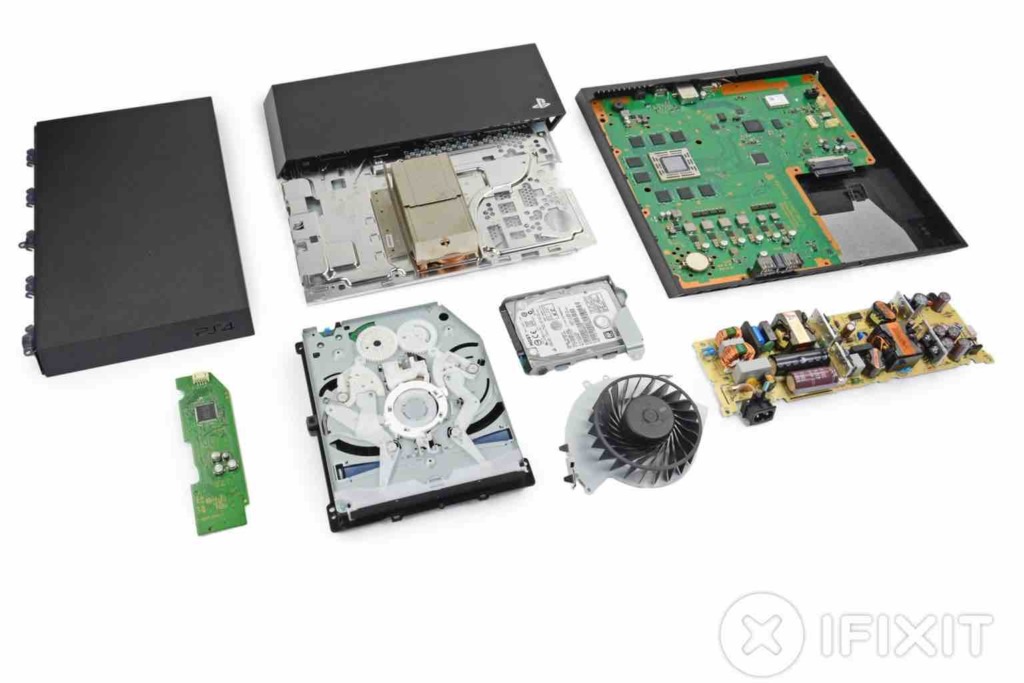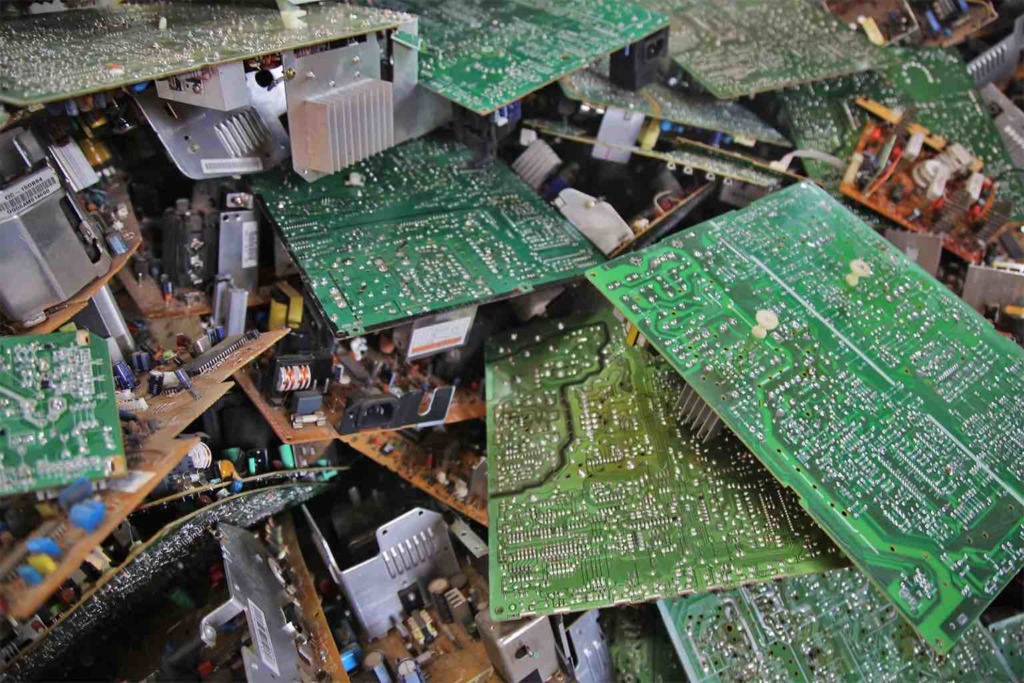
Billions of gamers every day score virtual goals and touchdowns, fight space aliens and zombies, and build virtual worlds on their gaming consoles.
Do these consoles that take us into virtual worlds have any effects on our real world?
YES!
Gaming consoles use energy – sometimes a lot of energy. The highly realistic graphics and computer-generated imaginary worlds generated by some current generation consoles use around 200 watts of electricity. This is about the same amount of energy that a refrigerator uses.

It takes a long ingredient list to make a gaming console. This includes metals like gold, copper, lead, nickel, zinc, lithium, cobalt and cadmium. The mining and purification of these ingredients use huge amounts of energy and water. Processing metal ores often releases large amounts of hazardous chemicals, such as arsenic or mercury, into surrounding communities and ecosystems.

There’s another major ingredient that goes into consoles: plastics. The shells of gaming consoles are made from plastic. Plastic pollution in the oceans and other ecosystems is an increasing environmental concern.

Planned obsolescence is the design of products so that they will be replaced regularly over time. A new generation of gaming consoles are released every few years to make the old models obsolete (out of date). Most of these old gaming consoles become electronic waste (e-waste).

Gaming consoles are difficult to recycle. Many of them end up in landfills. Gaming consoles contain some toxic heavy metals like chromium and lead. If these toxic elements leak out of landfills and into groundwater, they can pose a health risk to humans and wildlife.
Awareness of gaming’s environmental impact has grown. Major gaming console manufacturers like Sony, Microsoft, and Nintendo have promised to reduce the environmental impact of their consoles.
Manufacturers are making gaming consoles more energy efficient. The latest generation of consoles are designed to be extremely energy efficient when in standby mode. Though many gamers either don’t know about or don’t use this feature.
Consumers who buy gaming consoles can make their voices heard by demanding manufacturers design consoles that last longer, and that can be repaired and upgraded.
So what can you do?
Investigate!
What environmental impact does your gaming console have? How much energy does it use? Does your console have a standby mode or other feature on it that you can use to help it use less energy?
Act!
Here are some things you can do to reduce the environmental impact of your gaming console:
- Use standby mode to help reduce the amount of energy consumed by your gaming console.
- Hold onto your gaming console for as long as you can. If you can, repair it, rather than replace it.
- When you need to replace a gaming console, find out if there is an e-waste recycler in your area that you can take it to.






